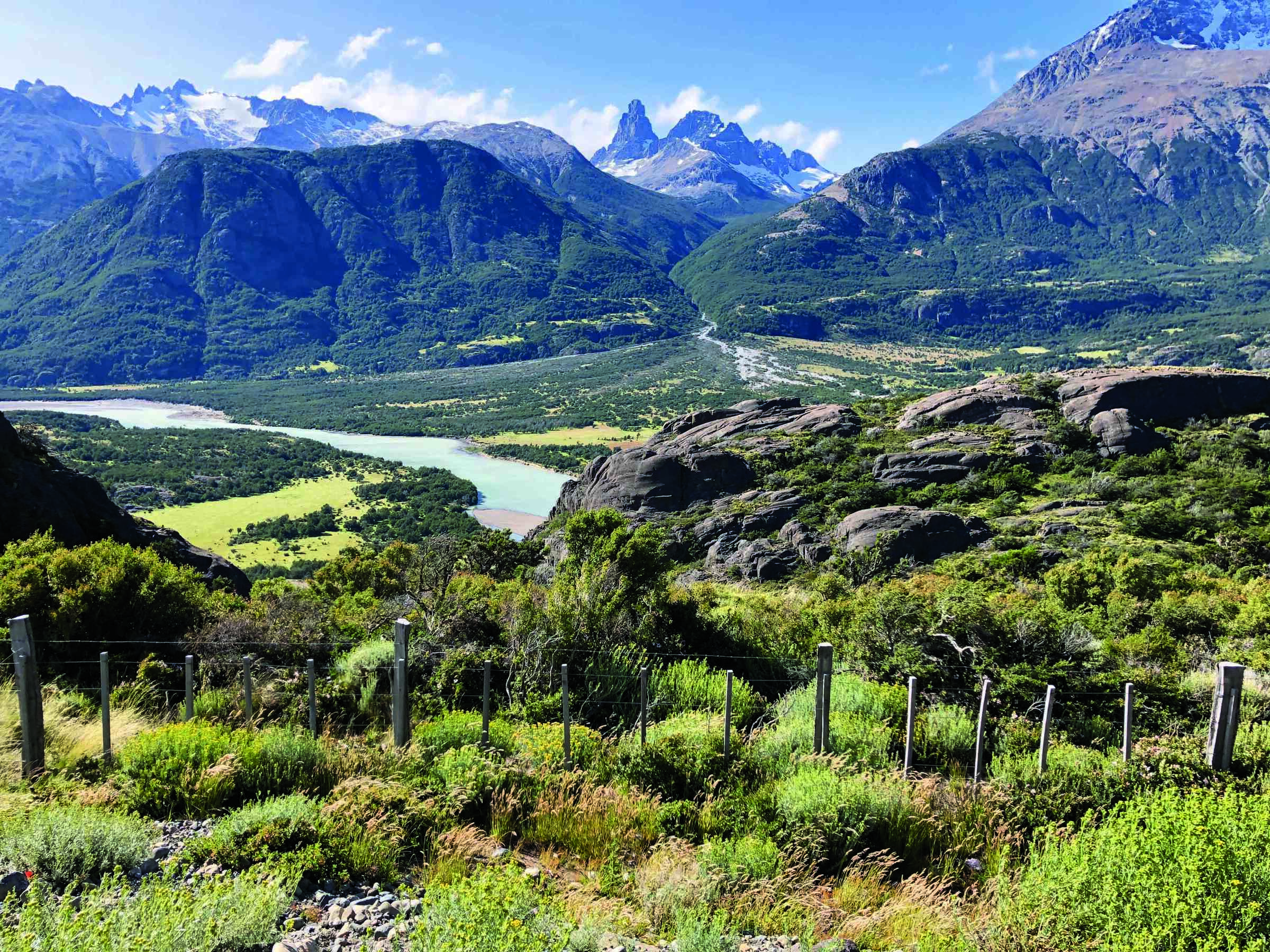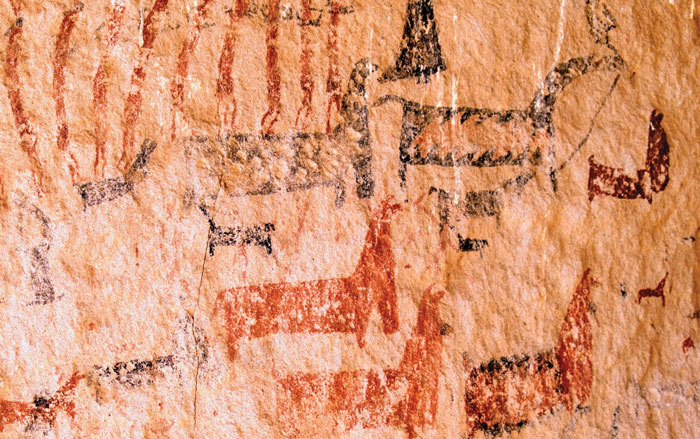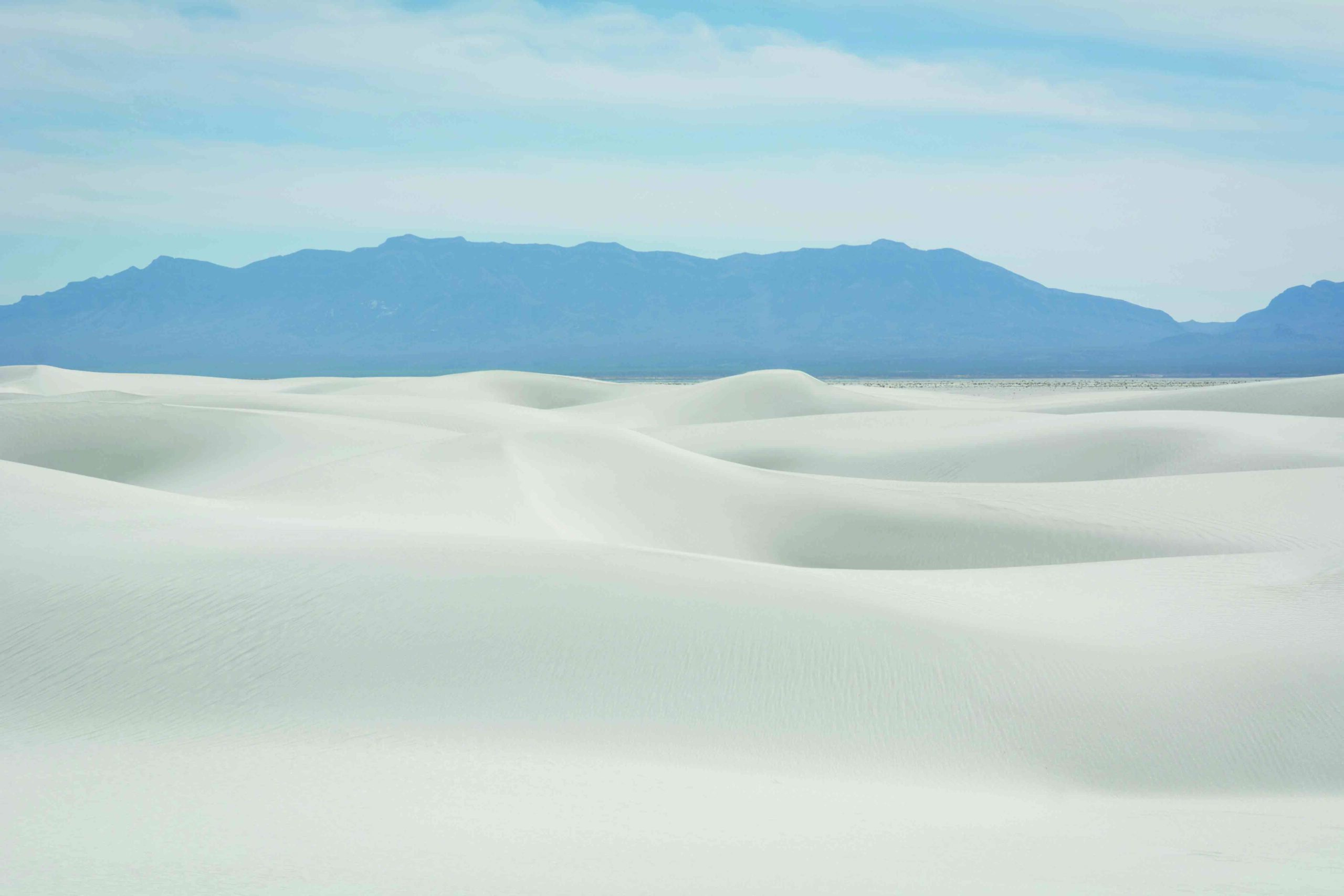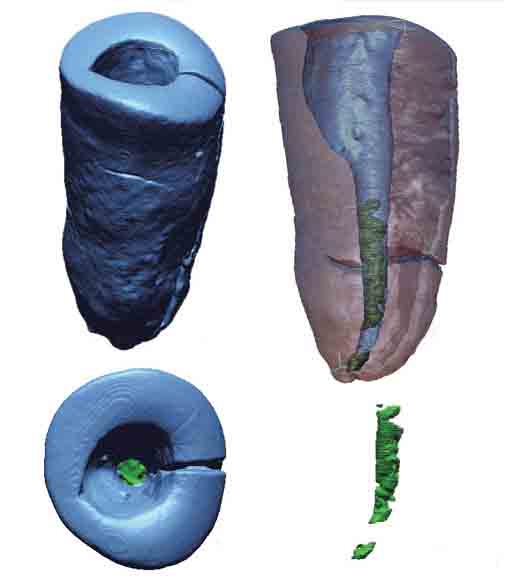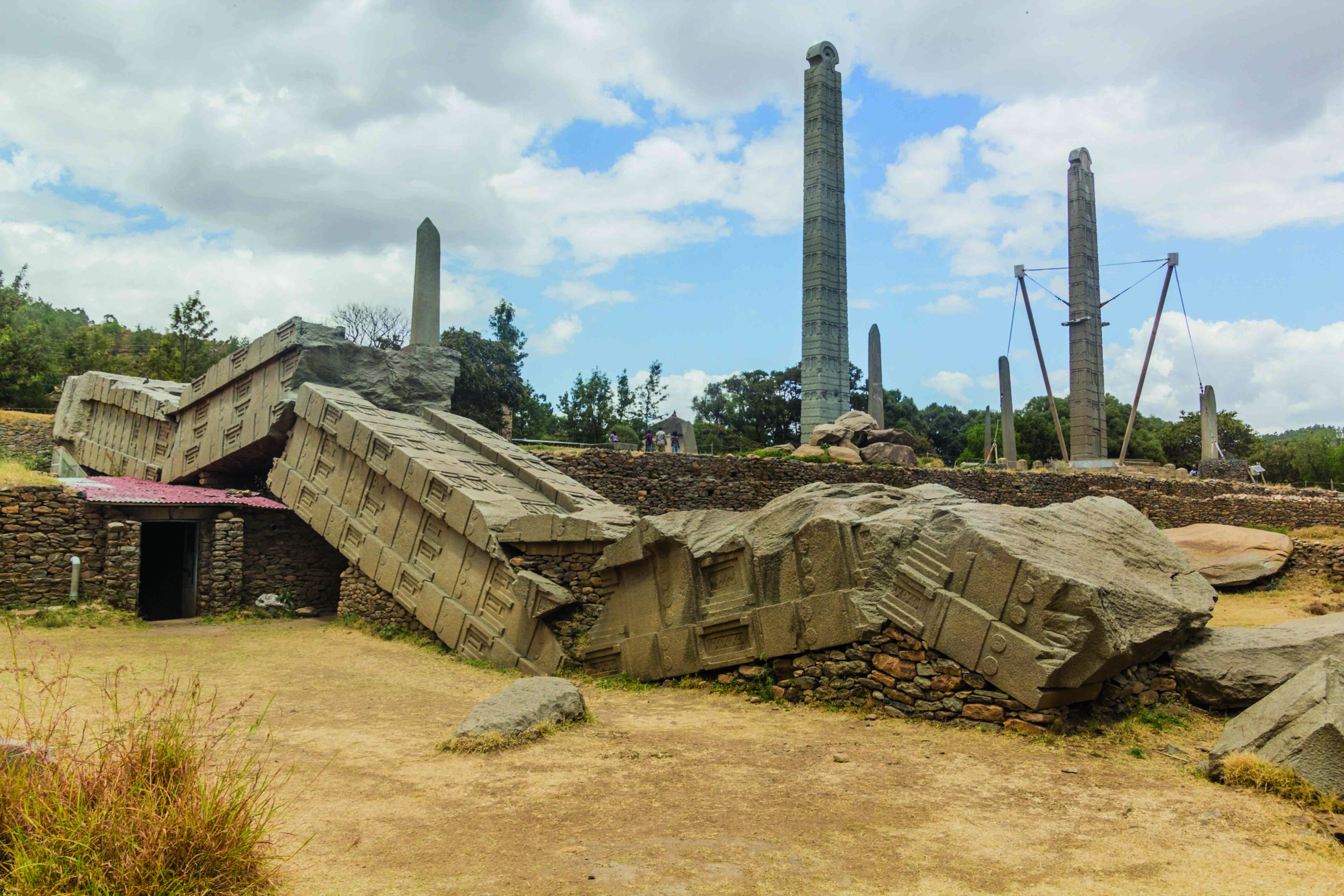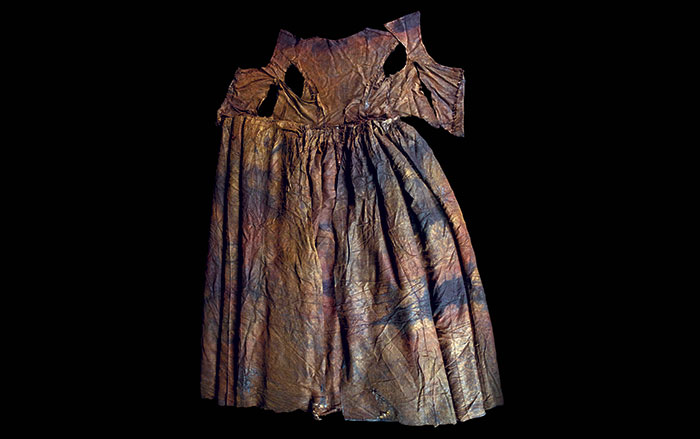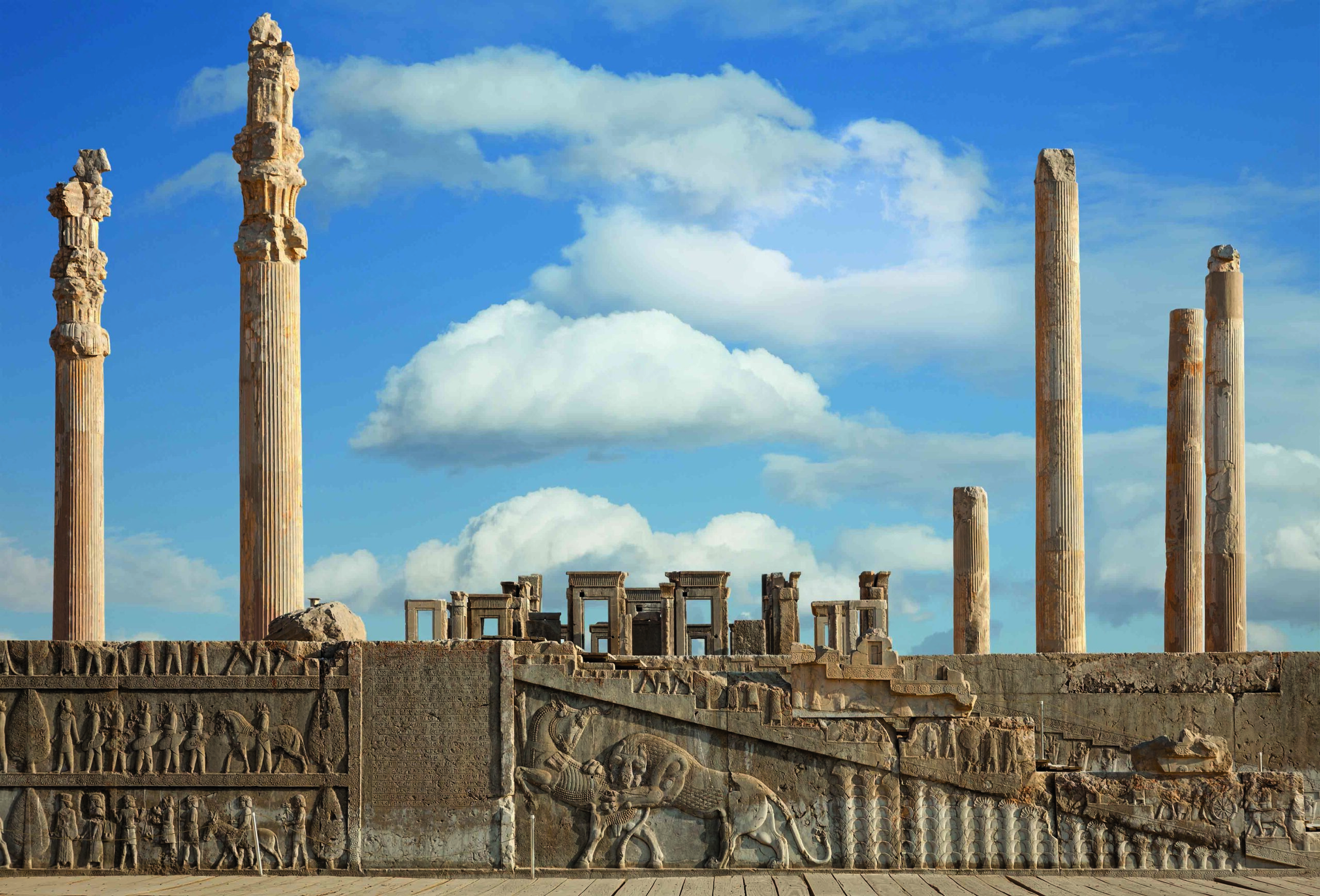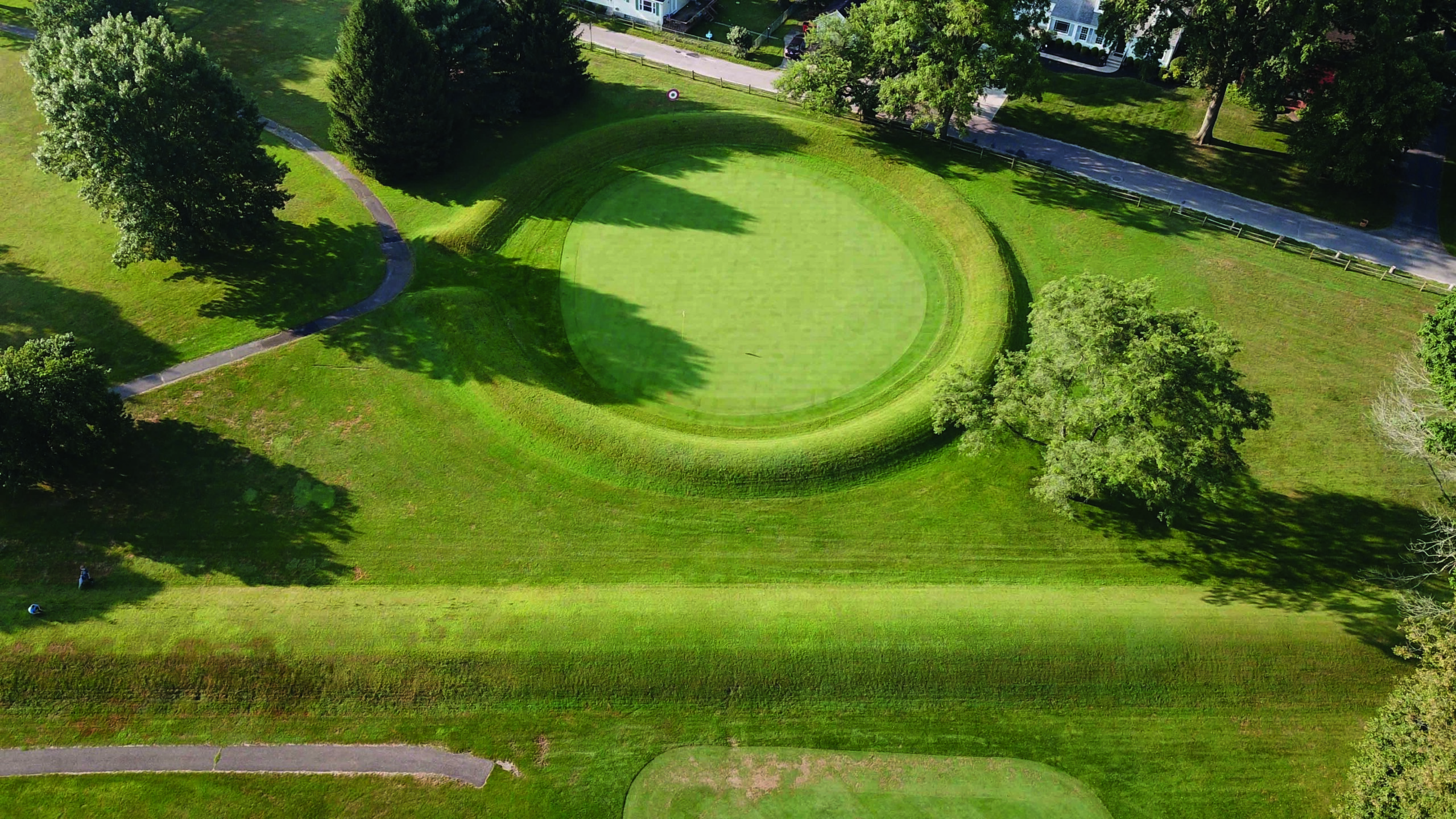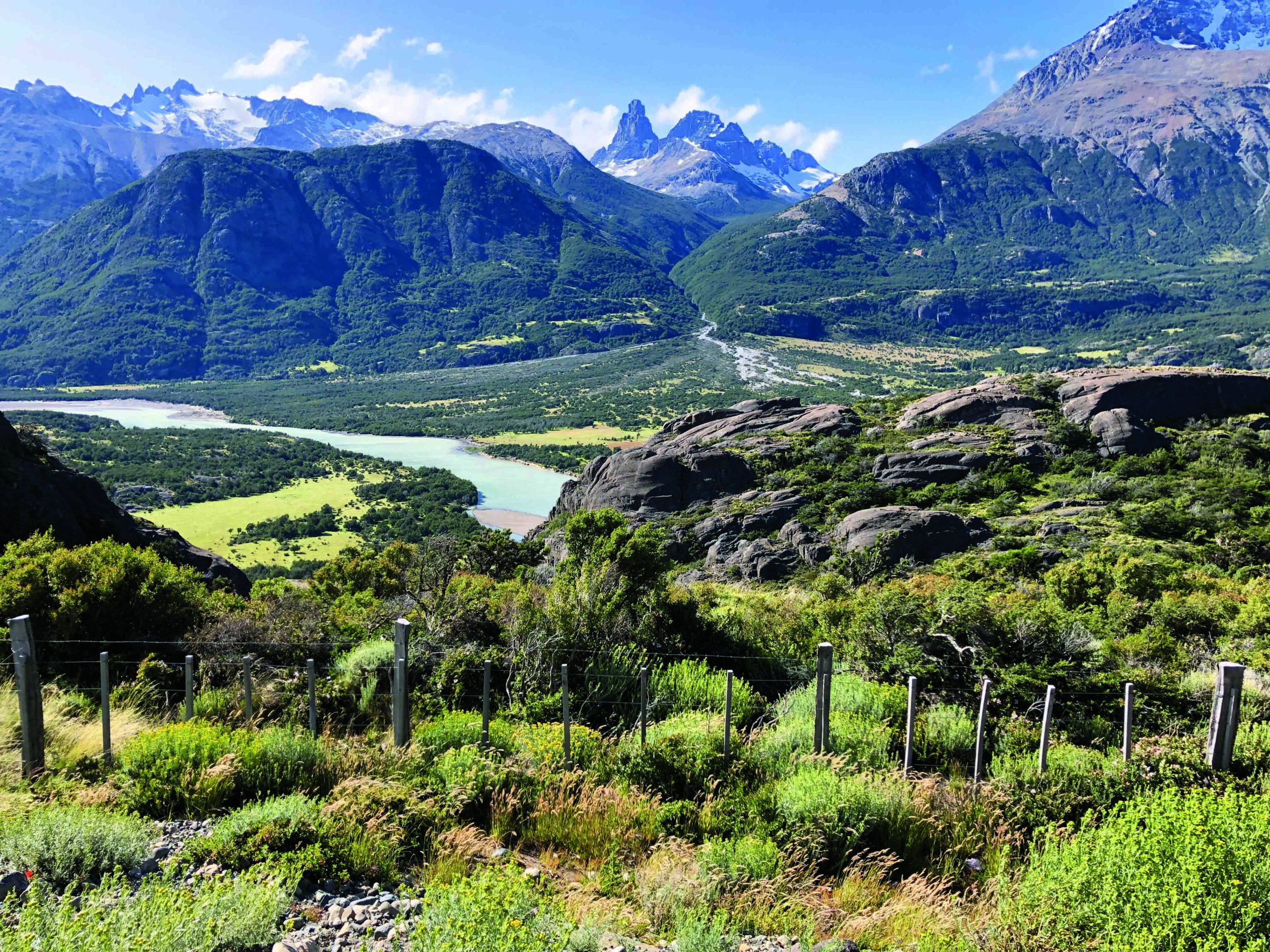
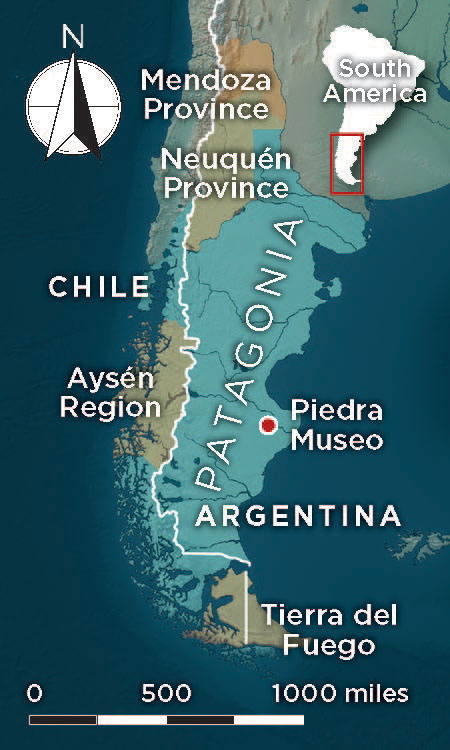
The southern tip of South America is a region of extreme landscapes, where towering granite peaks and glacial ice caps give way to grasslands that fade into the ocean. Small huemul deer weave through stands of beech that are permanently bent sideways by the same powerful winds that lift Andean condors toward the clouds. Giant rheas, large flightless birds similar to ostriches, dart across the open steppe, past herds of grazing guanaco, a wild llama, which nervously keep their noses to the wind, on the alert for prowling pumas. This vast region is known as Patagonia, and it encompasses the bottom quarter of South America, covering more than 400,000 square miles of Chile and Argentina. It extends 1,300 miles from the thirty-seventh parallel south to the tip of Cape Horn, roughly equal to the distance between Maine and southern Florida. Known for some of the most severe landscapes, strongest winds, and most extreme weather in the world, Patagonia was one of the last places on Earth to be settled by humans, and archaeologists are now discovering an intriguing story about the skills, adaptations, and resilience it took for people to survive there. Archaeologist César Méndez of the Center for the Investigation of Patagonian Ecosystems notes that learning about the area’s ancient people is particularly important because it was one of the only major regions in the world that was inhabited solely by hunter-gatherer groups until the arrival of Europeans. “Archaeology here can be viewed as a natural laboratory to observe the variability of mobile lifeways across time and space,” he says.
The precise origins of the name Patagonia are uncertain, but it may have derived from a Spanish word for leg or foot, pata, which the explorer Ferdinand Magellan is said to have used to refer to the local Tehuelche people when his expedition encountered them in 1520. At the time, the Tehuelche, one of several groups who made the region home, were living as hunter-gatherers, as people had in Patagonia for millennia. Because so much of the native population in Patagonia was eventually wiped out by European colonizers—with the exception of some small surviving communities including the Kawésqar in coastal Chile, the Yaghan in Tierra del Fuego, and the Aonikenk in Argentina—archaeological research provides the only way to reveal the region’s long human story.
Scholars know that people have lived in Patagonia since at least the end of the last Ice Age, around 12,000 years ago. Until recently, however, they had believed that people likely abandoned large swaths of the region during a time of particularly severe weather patterns, based on a gap in the archaeological record from 8,000 to 4,000 years ago. After years of survey and excavation of hunter-gatherer campsites in northern Argentine Patagonia, archaeologist Raven Garvey of the University of Michigan has found that, in fact, people never left. Her work is showing that by constantly adapting to shifts in the environment and developing a specialized suite of hunting technologies, the ancient hunter-gatherers of Patagonia were able to thrive even in times of radical environmental change.

The eastern side of Patagonia is primarily within Argentina’s borders and consists of deciduous forests and open grassland steppes bordered by the Atlantic Ocean, while the far western side is composed of dense evergreen forests that include stands of the endangered pehuén, or monkey puzzle, tree that crawl up the slopes of the Andes. In this western region, two glacial ice sheets, the Northern and Southern Patagonian Ice Fields, are cut by steep ravines and fjords that lead to the Pacific Ocean. The western and eastern parts of Patagonia each have a distinct environment, but together they present diverse opportunities, resources, and weather patterns that ancient people had to navigate creatively.
Based on evidence from sites such as Piedra Museo in Argentine Patagonia, the first forays by hunter-gatherers into the region likely occurred around 12,800 years ago. It appears that as the Ice Age was reaching its end, hunter-gatherer groups settled in the grassland steppe of northern Patagonia by 12,500 years ago. They journeyed west into the valleys and forests of Chilean Patagonia and south all the way to Tierra del Fuego by about 11,500 years ago.

Archaeologists continue to debate how long it took for people to arrive in the region after the first people crossed into North America from northeast Asia. Trekking from the Bering Strait to the northern reaches of Patagonia requires crossing 10,000 miles of tundra, mountains, desert, and tropical rainforest. In the 1960s, the archaeologist Lewis Binford conducted ethnographic research on the movements of Inuit hunter-gatherers and estimated that people could have covered this distance in approximately 200 years. However, whether or not the first people to migrate from North to South America were continuously on the move or made their way slowly in fits and starts over a few thousand years is an unresolved question. According to Garvey, the answer might be found in an unexpected source—the style of people’s clothing.
For several millennia, throughout many places where cold weather is the norm, such as Siberia, Scandinavia, Alaska, and Central Asia, most Indigenous people have worn fitted, tailored clothing. Garvey thinks this was likely an adaptation they developed to live comfortably in places with low temperatures, where loose-fitting clothes would provide less insulation. While this pattern is consistent across almost the entire globe, an exception is found in South America. Before the arrival of the Spanish, the continent’s cold-weather inhabitants relied on ponchos, capes, and other draped clothing to keep warm.
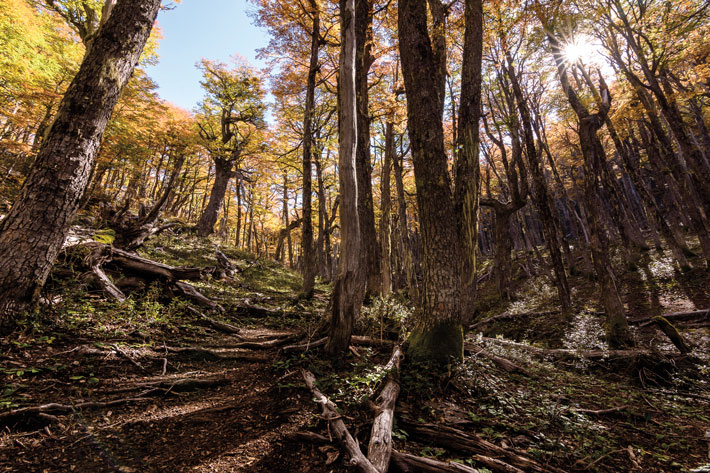
Garvey believes that the difference in clothing styles—fitted in North America and loose in South America—indicates a slow and steady migration rather than a single rapid push from North to South America at the end of the Ice Age. If people traveled quickly over just a few hundred years, she argues, they likely would have retained their fitted clothing even as they crossed through the hot and humid rainforests of Central America. She thinks that the absence of fitted clothing in South America shows that people exchanged it for looser garments in their new tropical environs, thereby gradually losing the knowledge that fitted garments provided more effective protection from the cold as they slowly moved south over thousands of years.
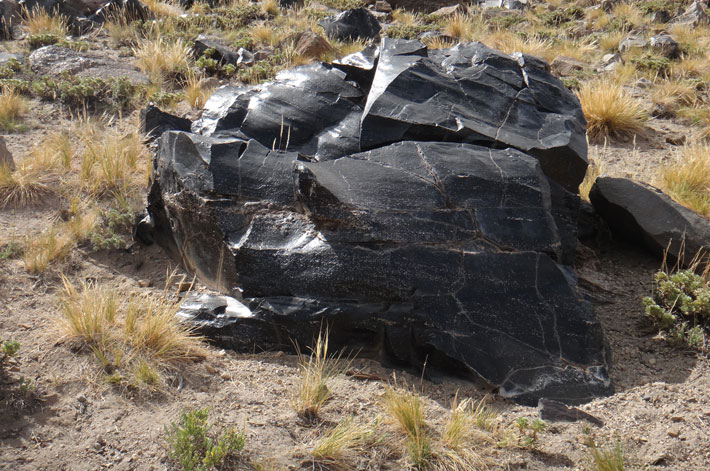
When people first arrived in Patagonia, they quickly adapted to living in an extreme and hostile landscape. “Patagonia is viewed as one of the hardest places to live in,” says Méndez, “but we need to remember that the first people to explore the southern tip of the continent had the means to hunt large game, exploit local foods, and move across a variety of landscapes and an array of conditions.” From approximately 13,000 to 11,200 years ago, people in Patagonia lived in a landscape dominated by open grasslands with little precipitation. Large forests had not yet established themselves due to consistently cold temperatures, and both the foothills and high elevations of the Andes retained glaciers and deep levels of seasonal snow. Archaeological evidence from sites dating to this time suggests that people routinely traversed the landscape, spending most of their time camping on the steppe and in rock shelters that they returned to again and again.
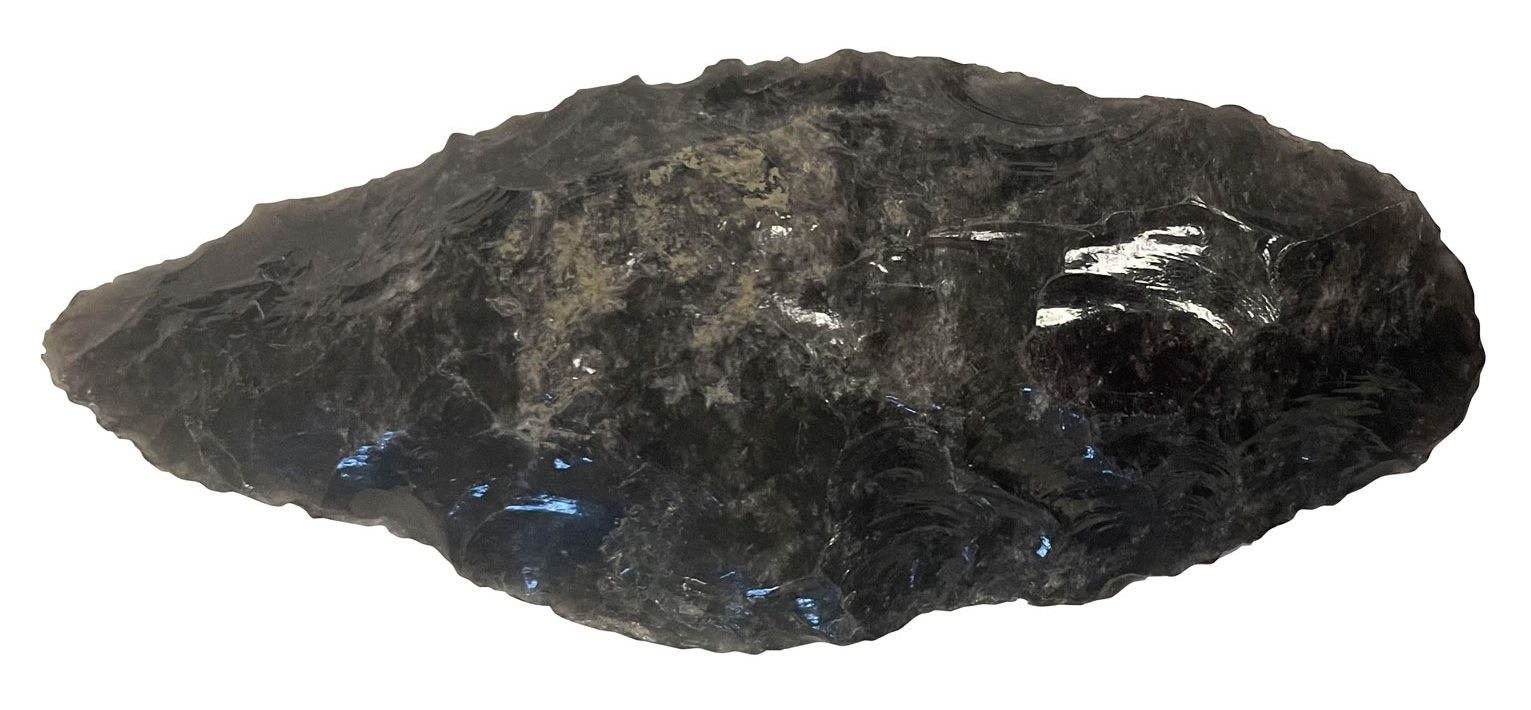
Stone tools dating to this early period have been found to have been made using stone from far away, evidence of these people’s highly mobile lifestyle. Their toolkits were composed of scrapers, stone axes flaked on both sides, and fishtail-style projectile points that were likely hafted to throwing spears. Studies of butchered animal bones demonstrate that guanaco was a crucial food source at this time. Isotope analysis of human remains dated to the end of the Ice Age carried out by Méndez supports this. Nitrogen isotopes from the plants and animals people consume amass in their bones. If an herbivore eats certain plants, the plants’ isotope signatures will pass into the animal. When the animal is hunted and eaten by a human, these same isotope signatures will pass into the person. In the case of ancient Patagonians, nitrogen isotope signatures detected in human skeletons match those found in steppe grasses, further indicating that people primarily ate guanacos that were grazing in grasslands.
As the Ice Age came to an end and the warmer Holocene epoch began, Patagonia’s climate shifted. Winters became wetter and snowier, and summers hotter and drier, fostering the growth of thick beech forests known locally as lenga. While the forests expanded into the foothills and coastal valleys, temperatures on the open grasslands rose considerably, and decreased summer rainfall restricted plant growth. This pattern of warmer and drier weather became incrementally more severe, reaching an apex during the Middle Holocene, which began around 8,000 years ago. As the climate changed, plants and animals had to adapt, and humans did, too. How people responded to the warmer and more arid conditions varied across Patagonia’s distinct environments. Archaeologists believe that along the Pacific coast, especially in northern Chilean Patagonia, the large number of shell mounds dating to this period suggests that some communities began to rely more on maritime resources as the weather became unpredictable and land animals scarcer. Groups living near lower-elevation shrub and lenga forests moved to higher elevations that were less impacted by environmental changes.

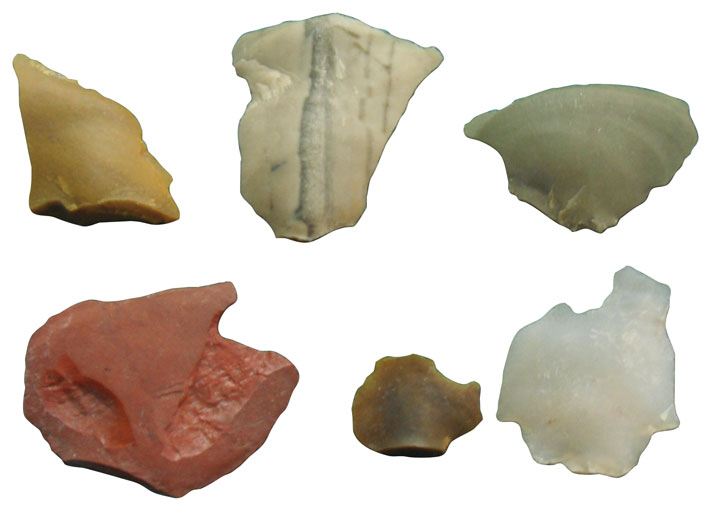
People likely also found ways to mitigate the effects of the shifting climate in the open grasslands, but these strategies are less apparent to archaeologists. Across most of the Patagonian landscape, the number of inhabited sites dating to between 8,000 and 4,000 years ago seems to have dropped substantially compared to earlier periods. Archaeologists excavating rock shelters in the plains that had been used since people arrived in Patagonia have found that there was a hiatus during this time. Some have interpreted the gap in archaeological evidence as an exodus, but to others it hints at something more complex. “The apparent disappearance of people was intriguing to me,” says Garvey. “I tend to think of people as very resourceful and imagined that the story was a bit more nuanced.” To better understand what happened during this period, Garvey has concentrated on sites in northern Patagonia in the Argentine provinces of Mendoza and Neuquén.
Over the course of several field seasons, Garvey and her team surveyed several hundred square miles of the rugged Patagonian landscape. They worked in areas such as riverbanks where sites were already known, and also ventured farther into the plains and surrounding foothills that had not been as thoroughly investigated. They identified dozens of new sites, including campsites, quarries, and semipermanent stone dwellings that spanned the entire history of human habitation in Patagonia. At the sites that could be dated to between 8,000 and 4,000 years ago, Garvey found local basalt and obsidian tools, suggesting that the hunter-gatherers who lived there likely did not travel far to obtain material for tools.
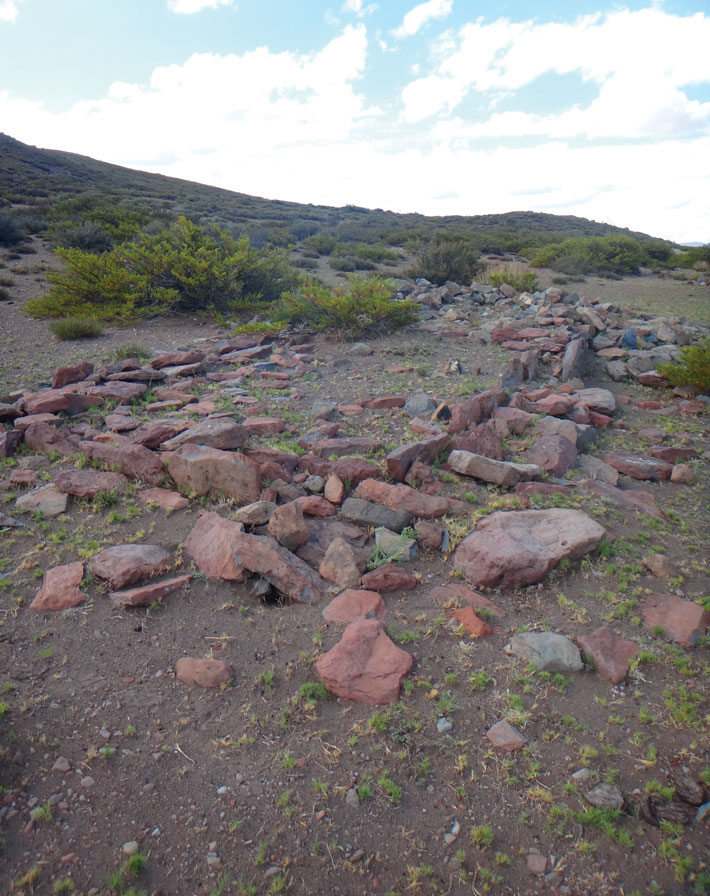
Rather than moving widely across the landscape as they had in other periods, people living through the radical environmental changes of the Middle Holocene may have lived in a smaller range in the plains and surrounding foothills. If resources such as water and food became scarce as the climate became hotter and drier, it is possible that people stayed close to what they were familiar with. Garvey believes that the drop in the number of archaeological sites across Patagonia during this time might not be a sign that there were fewer people, but rather that the same people were simply leaving a smaller footprint on the landscape. If people remained in one area, she suggests, the number of campsites and butchery sites across the wider region would decrease as new ones weren’t being created. “As I looked at more sites from this time period,” she says, “I realized it was more of a behavioral story as opposed to an abandonment story.”
Garvey points out that while the plains offered bountiful resources such as large herds of guanaco and rheas, successfully hunting them required creativity. The landscape is relatively flat and very open, which would have made stalking prey difficult. Furthermore, the Patagonian winds—some of the most consistently powerful anywhere in the world, with steady speeds above 13 miles per hour and frequent gusts topping 60 miles per hour—likely developed during this time as a result of Antarctic sea ice expansion and increased temperature differences between cooler southern latitudes and subtropical regions in South America. The onset of high winds would have created an enormously challenging situation on the steppe, making it even more difficult to hunt with projectiles such as throwing spears. Out of necessity, people developed strategies to get closer to their prey, such as using captured young guanacos to lure adults and by dressing in feathers to sneak up on rheas—techniques that were noted by early European observers.
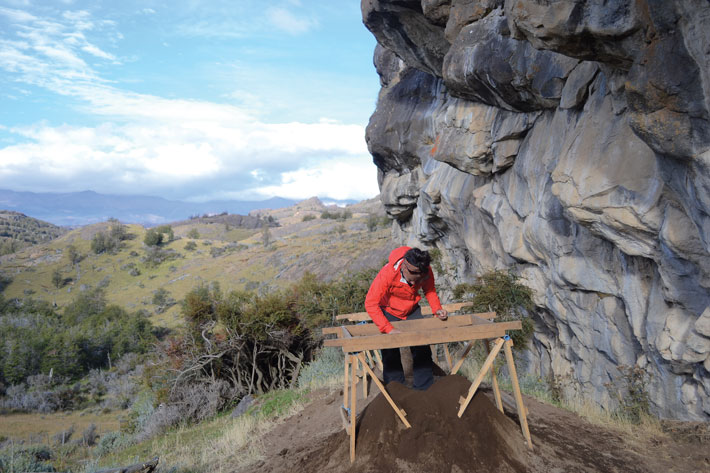
Patagonians also relied on hunting implements that were likely to have been less affected by extreme crosswinds. One such hunting tool that was used in this period was the bola, a type of throwing weapon composed of two stones connected with a cord that is thrown so it wraps around a target’s feet, rendering it immobile. Garvey observed that, as the intensity of the Patagonian winds grew, so did the number of chipped stone scrapers she found at the sites she surveyed. Probably originally used to process hides, these scrapers were later used to craft bolas. “Bolas are likely more effective than projectiles in windy conditions because with a projectile you need to hit the sweet spot of an animal to bring it down, and that’s an extremely hard thing to do in a powerful wind,” she says. “With a bola, all you need to do is ensnare the animal’s legs.” To help her understand more about the impact that wind had on hunting and the everyday life of people in Patagonia, Garvey is currently collaborating with researchers at the University of Michigan Aerospace Engineering Department to test whether certain types of projectiles perform better than others in extremely windy conditions. She and her engineering colleagues are conducting tests in wind tunnels to imitate the impact of windy conditions on a flying object, alongside outdoor ballistics tests, which she hopes will confirm that bolas were superior in windy conditions, and to better understand how living in high winds, day and night, impacted past people’s decision-making, movement, and technology.

At the beginning of the Late Holocene, approximately 4,000 to 3,500 years ago, the Patagonian climate shifted again, becoming generally wetter with periodic droughts, similar to modern-day weather patterns. Over the course of several generations, people again changed how they lived and moved across the land. It is likely that the more variable climate increased the availability of resources that had been limited during earlier, drier millennia, and that this encouraged people to expand their seasonal migrations once again. Méndez has conducted research in Chile’s Aysén region, in western Patagonia, and found that during a severe drought around 2,800 years ago, more people began venturing into the area’s thick evergreen forests, perhaps to seek new resources.
Animal remains that Méndez has unearthed at forest rock shelters show that people took advantage of the environment’s biodiversity. Whereas those living on the plains hunted larger game such as guanaco, those living in the forests ate birds, rodents, huemul deer, pudu—the world’s smallest deer—and a variety of plants. Despite these ample resources, however, the forests of western Patagonia presented their own set of obstacles. The Patagonian evergreen stands are extremely dense and many of the animals that live among the trees are solitary, making them difficult to track and kill. Although people continued to inhabit all of Patagonia into the eighteenth century, they only seem to have lived in Patagonia’s forests in relatively large numbers for about 500 years before returning to the grasslands.

Whether in the forests or on the steppe, during a dry summer or in freezing winds, the ancient people of Patagonia maintained a deep connection with the changing world around them. Their way of life was so established and successful that they were among the few groups in all of South America to forgo the adoption of farming. While people living in the Peruvian Highlands may have domesticated squash as early as 10,000 years ago, most South American cultures did not widely adopt an agricultural lifestyle until between 5,000 and 4,000 years ago. By 2,000 years ago, people living on the northern boundary of Argentine Patagonia began to cultivate maize, beans, squash, and quinoa instead of relying solely on hunting and gathering. But the southward spread of agriculture stopped at the edge of Patagonia, and people living in the region’s heartland never became farmers. The extreme climate of Patagonia might have made it difficult to successfully cultivate crops that are common throughout the rest of South America. However, even in the farthest northern reaches of Patagonia, where it would have been easier to grow these crops, some hunter-gatherer groups appear to have maintained their way of life in close proximity to farming communities.
Scholars remain uncertain about why the region’s hunter-gatherers didn’t adopt agriculture. As farming took hold in the north, the availability of wild resources was becoming less certain due to weather patterns that fluctuated unpredictably between hot and dry and wet and cold. During this time, the number of hunter-gatherers in Patagonia was increasing due to natural population growth. Turning to farming would have offered a logical way of feeding a growing population, a choice made by hunter-gatherers across the world. Garvey suggests it is possible that Patagonians didn’t need to farm because the landscape provided them with more food than archaeologists have previously supposed. She also says that Patagonia’s hunter-gathers may not have transitioned from hunting and gathering to farming simply because maintaining their time-tested traditions and methods of living off the land was more important than adopting agriculture. “We have been hunter-gatherers for the vast majority of human history, yet we know so little about it,” Garvey says. “The more sites we can discover and compare to one another, the better we’ll be able to understand the fascinating behaviors and adaptations from our past.”


